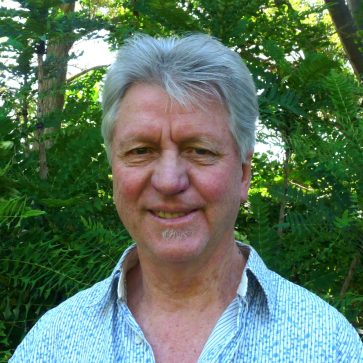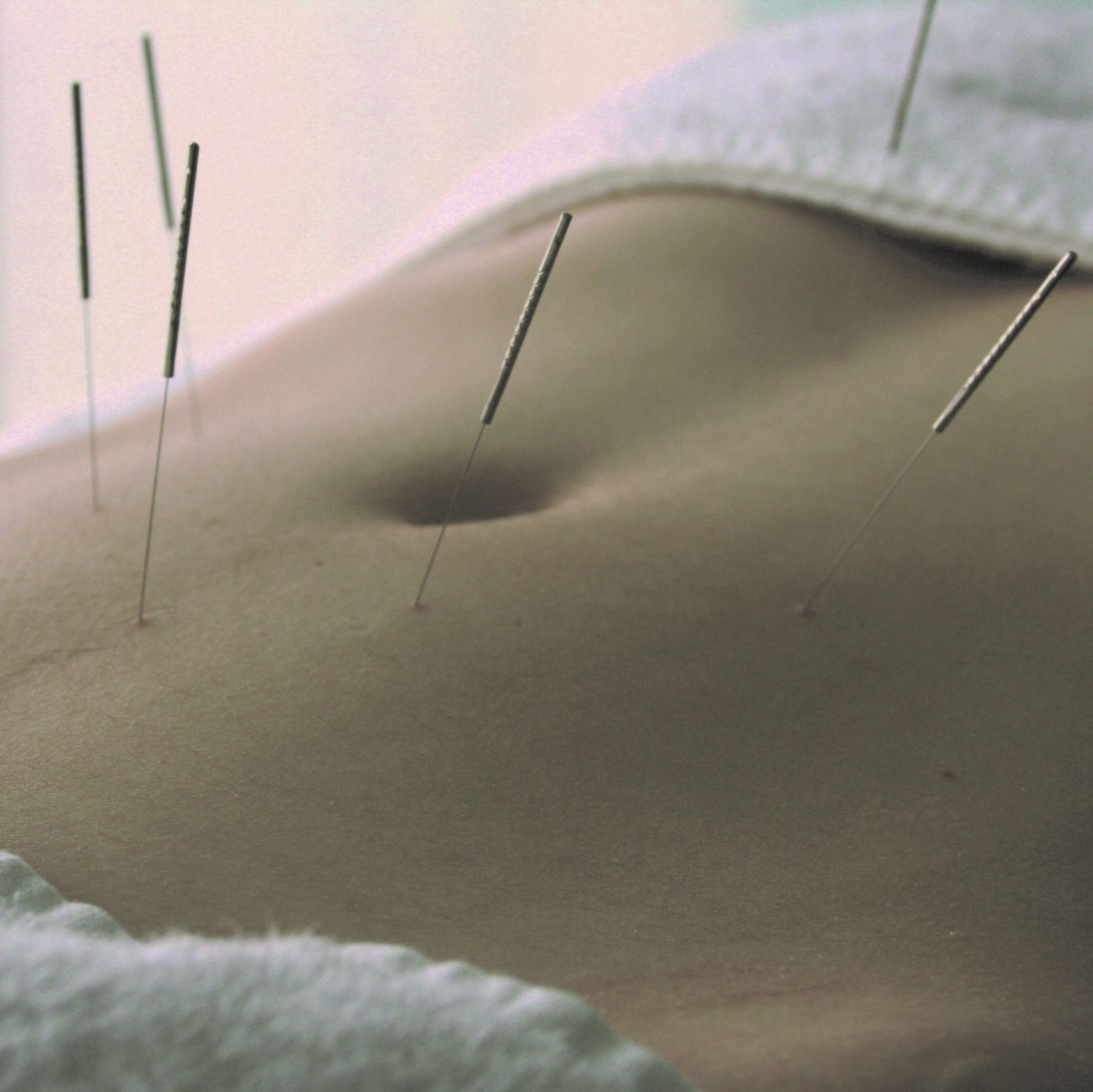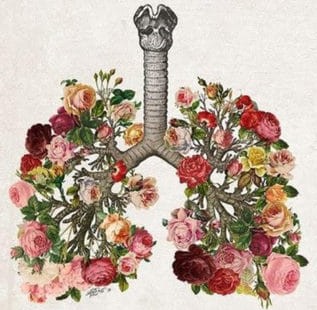
The art of reading the pulses is the central diagnostic technique of TCM and in many ways shapes the whole character of Oriental Medicine practice. Pulse Diagnosis is not easy to perfect, but the student is highly encouraged to make a start; it is easy learn fundamental aspects of Pulse Diagnosis which will give you significant clinical information. This brief article highlights the essentials of Pulse Diagnosis, plenty enough to get a curious person started. Even if you spend a year, without further guidance or study, just checking the pulses of everyone you can, your observation and instincts will lead you to discern a variety of patterns.
How Does it Work?
Before we discuss the details, we must address the question of how Pulse Diagnosis works. The answer is that the human body is resonant and holographic; resonant because it vibrates, it pulses, it has a rhythm, a set of frequencies which can be felt and listened to; holographic because the each part of the body reflects the whole. Just as a good mechanic can listen to a car engine and pick up disharmonies and wobbles and determine what is wrong with the engine, so too can a physician pick up disharmonies by “listening” to the feel of the pulse.
It is less easy to explain how it is that particular positions on the radial artery are specifically related to the individual organ systems of Chinese Medicine, particularly when classical Indian or Aryuvedic Medicine assigns different correspondences to the arteries and yet is still able to elicit consistent and relevant information. My feeling is that the holographic nature of our human existence is itself the reflection of a supremely intelligent, holographic universe. It seems that everywhere we look, every way we examine the systems of our world, we are able to discern patterns and intelligible information.
In order to work out the intricacies of the system of Pulse Diagnosis, someone, somewhere back in the past, was either divinely inspired or relentlessly curious and thoughtful. The result is a profoundly useful way to determine your treatment strategies and it doesn’t cost a thousand dollars a time like some of our western medical diagnostic tests. One finally point: imagine that reading the pulses is like looking through a little peep hole onto a vast landscape; what you see may be true but it will never be the total picture. So even though Pulse Diagnosis is regarded as the pre-eminent method for determining patterns of disharmony, it is always done in the context of the full range of classical diagnostic methods.
Correspondences of the Pulse Positions
The pulses are taken by using the index, middle and ring fingers aligned along the radial artery from the crease of the wrist. Your index finger is placed at the crease of the wrist, with the middle and index fingers adjacent. These three positions, over two hands, correspond to the six pairs of Zang Fu, with the superficial level of the pulse corresponding to the Fu organs and the deep level of the pulse corresponding to the Zang organs.


Feeling the Pulse
One way of describing the process of pulse taking is to say that you will be feeling for qualities and listening for volumes or relative strengths. To get a clear pulse reading you will need to be very focused and in quiet environment. Ideally you will find a robust, healthy individual to begin with. Start by holding your fingers in position gently but firmly in order to feel the maximum “loudness” of the pulse. This is the middle or average level of the pulse. Now gradually withdraw the pressure of your fingers until the pulse disappears, then slowly increase your pressure until the pulse starts to become clear again. This is the superficial level of the pulse. The deep level of the pulse can be found in a similar fashion, by compressing the artery until the pulse disappears then gradually releasing the pressure until you can feel a distinct pulse. Practice by increasing and decreasing your pressure as many times as it takes to discern the full range of the pulse.
Interpreting the Pulse
When taking the pulses, there are several qualities or modes of information which you will be assessing. Naturally the student needs to focus on these one at a time; gradually you will develop the skill whereby the whole picture becomes available to you simultaneously (one of my early mentors used to describe taking the pulses as “looking at a picture”).
The fundamental modes from which you will extrapolate specific information are as follows:
- Strength
- Rate
- Depth
- Texture
- Rhythm
- Width
- Length
Very conveniently, the first three factors coincide with the six subdivisions of Yin and Yang of the Eight Principles, namely Excess and Deficient, Hot and Cold, Exterior and Interior. If someone’s pulse is obviously soft or empty or quiet, you can be sure that this person has a Deficiency condition; if their pulse is full or loud, they have an Excess condition. A rapid pulse corresponds to Heat; a slow pulse corresponds to Cold. A superficial pulse corresponds to an Exterior condition and a deep pulse corresponds to an Interior condition. With this framework alone you can draw significant and immediate information which will help build your diagnosis.
Pulse Qualities
The following are some of the more important pulse qualities:
PULSE STRENGTH
Empty/Deficient
Full/Excess
PULSE DEPTH
Floating/Superficial
Sinking/Deep
PULSE RATE
Fast/Rapid
Slow
PULSE TEXTURE
Rolling/Slippery
Choppy/Rough/Hesitant
Flooding/Surging
Soft/Soggy
Wiry
Tight
Faint/Weak
PULSE RHYTHM
Knotted
Hurried/Abrupt
Intermittent
PULSE WIDTH
Thin/Thready
Large/Big
PULSE LENGTH
Long
Short













